Chom Chom
The Chom Chomb is also known as the Rombutan and it is probably the coolest looking fruit on this entire list and, potentially, the world. The Chom Chom is covered in colorful hairs that are completely harmless despite their spiky appearance. This gorgeous fruit has a plump and juicy interior that tastes similar to a lychee once you get down to it. Simply peel away the exterior and pop one of these in your mouth. They are perfect for losing weight as any weight loss program loves something sweet and not dense in calories.
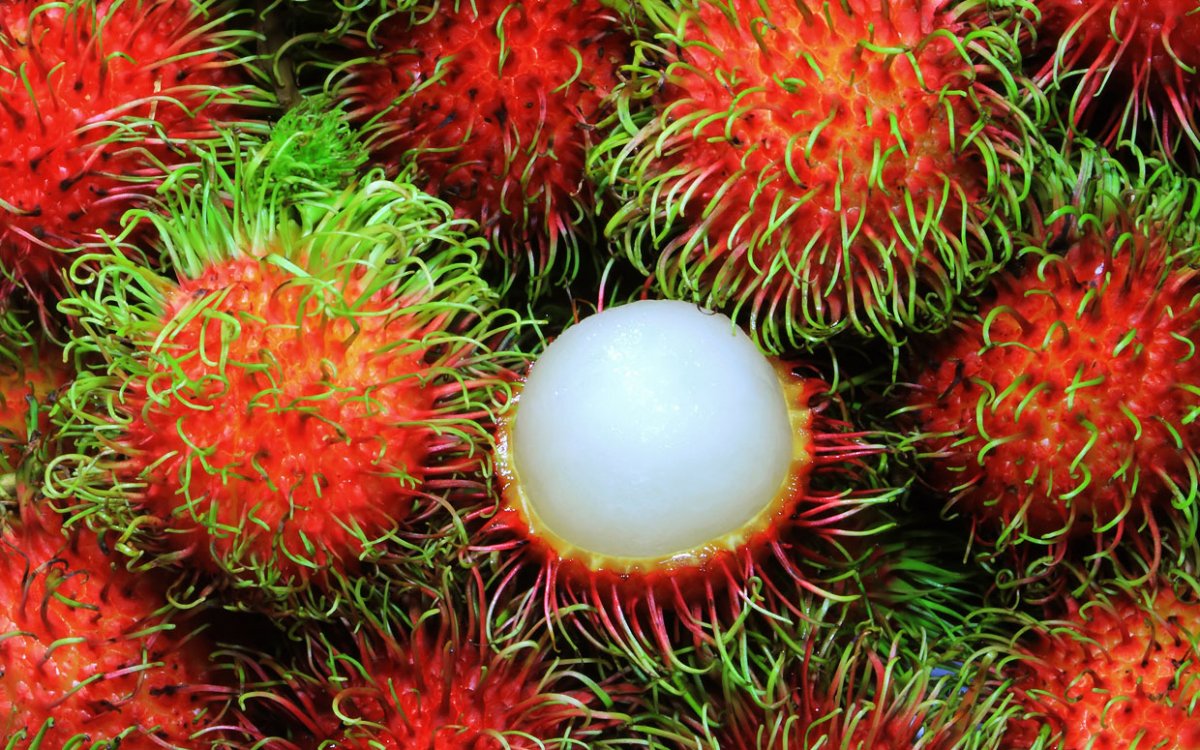
Chom Chom
Mangosteen
If you want a fruit that will drive you nuts with its hard exterior then the mangosteen is perfect. The Mangosteen has a rock hard, purple shell that hides away a delicious and fragrant fleshy interior. Once you crack open the mangosteen you will be presented with white flesh similar in texture to an orange but with a tangy taste to it. These make a great addition to any holiday gift baskets or laid back weight loss diet.
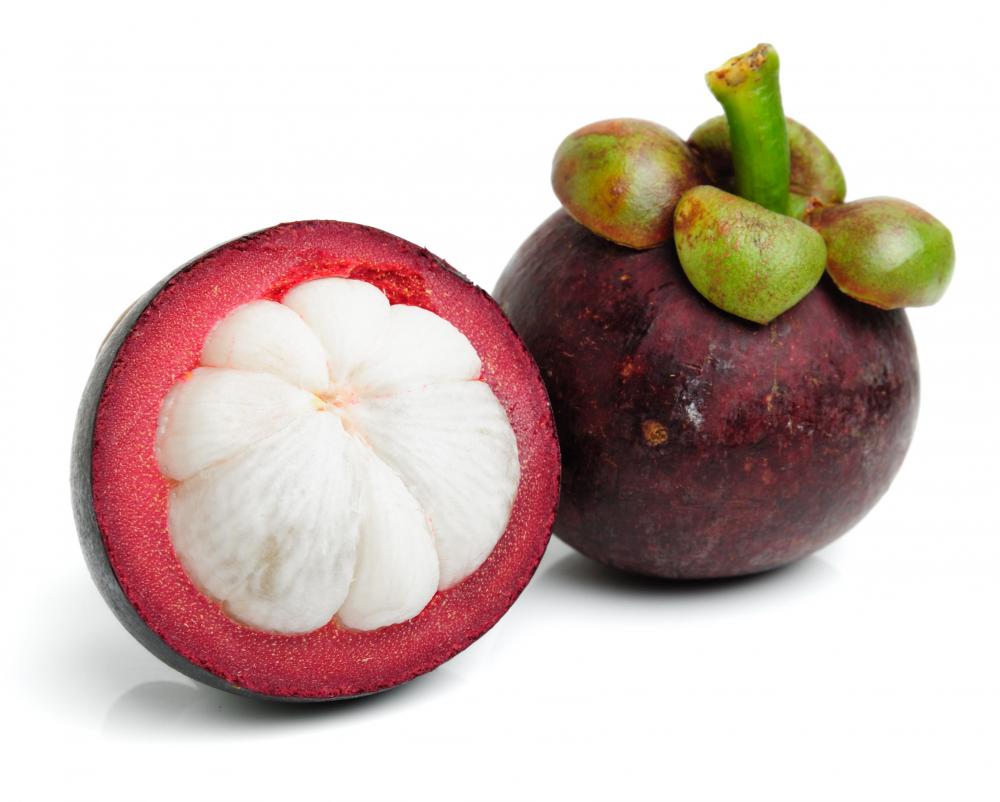
Mangosteen
Durian
The Durian is probably the most famous ‘exotic’ fruit on our list. The durian is known as the stinky fruit thanks to its offputting and noxious odor. If you can stomach the smell, and many people cannot, then you will be greeted with a yellow and hard spiky shell that protects the fleshy interior. You can also have durian flavored treats that don’t have the nasty smell association.
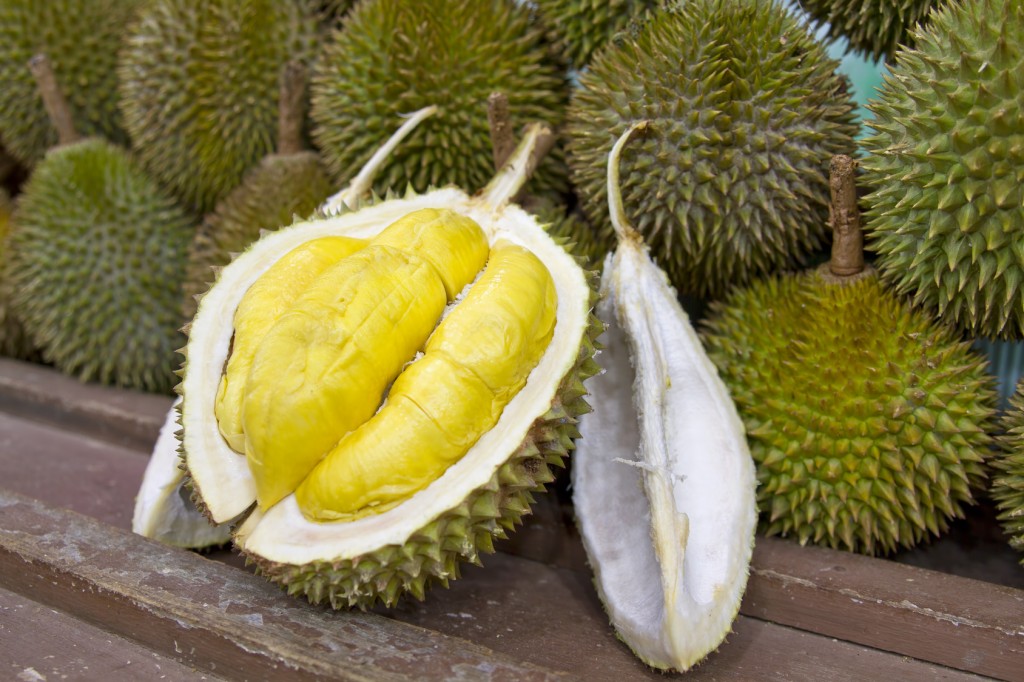
Durian
Langsat
The langsat comes to us by way of Southeast Asia. This little hard shelled fruit is either boiled down into syrup or eaten completely raw. While there isn’t much to be said regarding the flavor of the langsat it has been used to treat several diseases such as malaria and dysentery. Having langsat in your diet might help to keep your individual health insurance low.
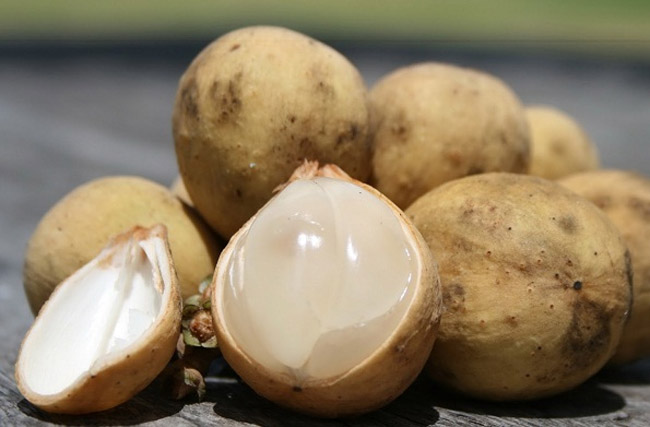
Langsat
Jackfruit
This Malaysian treat is as tasty as it is dangerous. Though the fruit isn’t dangerous to eat it is actually potentially deadly when falling from its tree as it can weigh up to an incredible 80 pounds! These yellow treats are typically pared down and fried. Many vegans opt to use this fruit as a meat replacement due to its heavy and hearty texture. Just make sure you have low cost health insurance if you are walking through an orchard of this fruit!
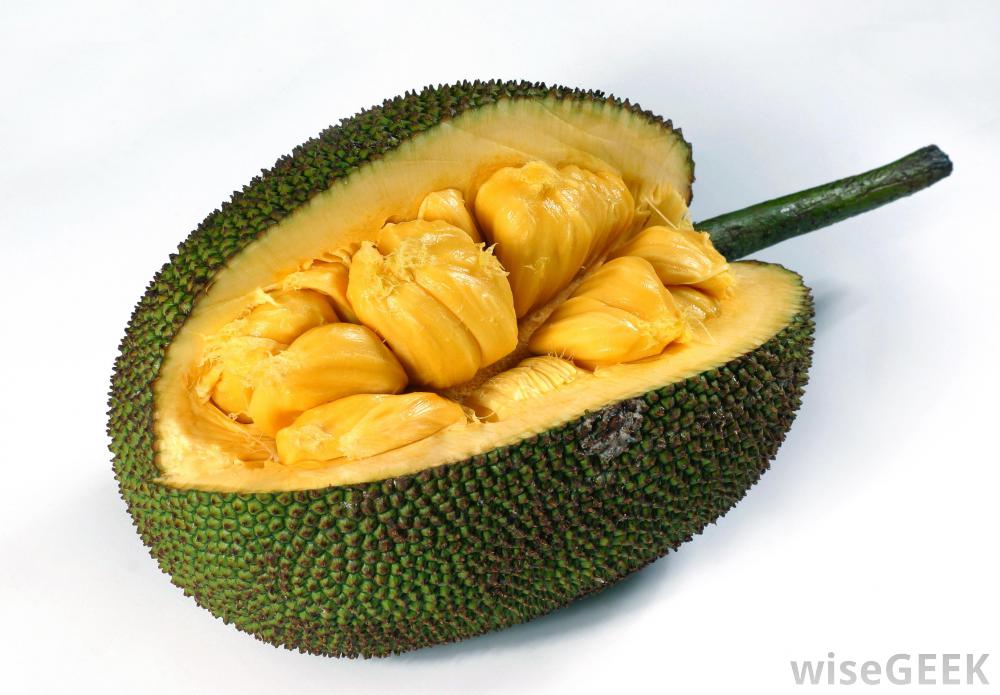
Jackfruit
Wood Apple
Don’t take this name for granted, the Wood Apple is nothing like the little red and green treats that we eat up at home. The Wood Apple is found through Southeastern Asia and it has several uses in the kitchen. Many people like to work the Wood Apple down in order to turn it into a sweet and slightly tart jam. You can also use the fruit in certain popular drinks such as the Bela Pana which combines water, sugar, citron juice, and of course the Wood Apple to finish things off.
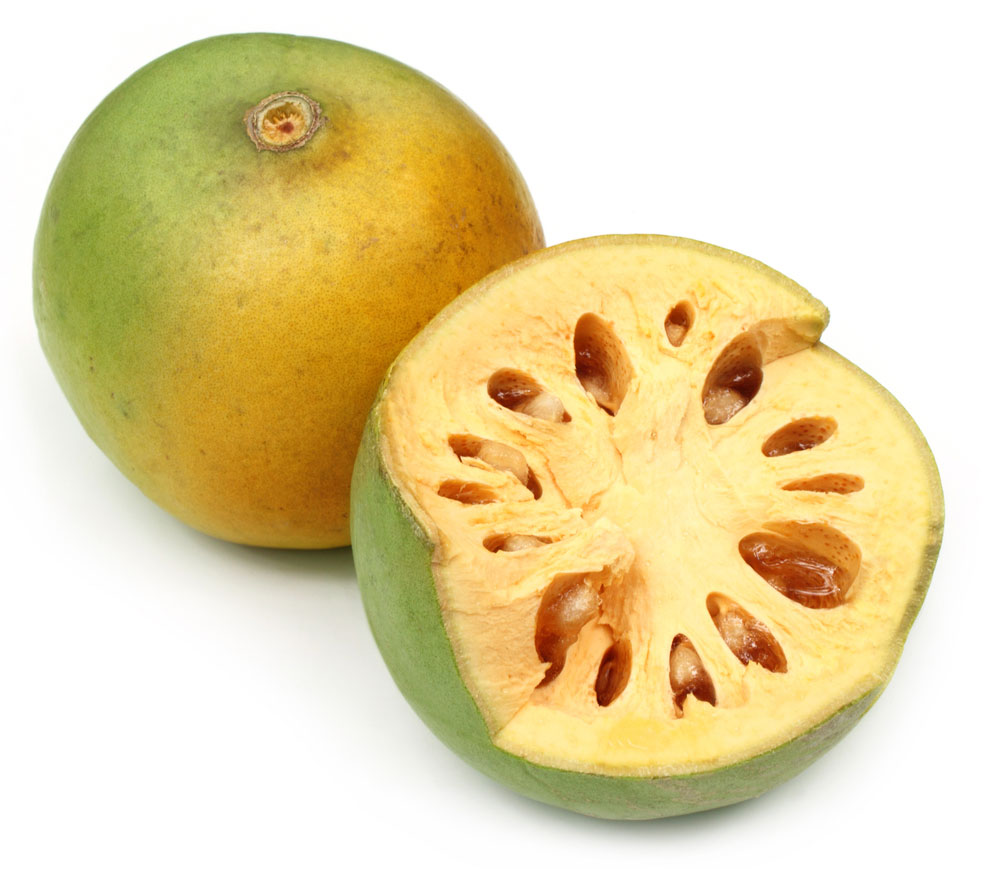
Wood Apple
Star Fruit
The star fruit looks like something designed by a human being. This tasty little fruit is shaped like a star with 3D depth, typically gaining enough length to be compared to an big apple. This fruit is easy to eat and it has a nice, sweet flavor. The Star Fruit is packed to the brim with vitamin C, antioxidants, as well as potassium. You pretty much can’t mess up having these in your kitchen.
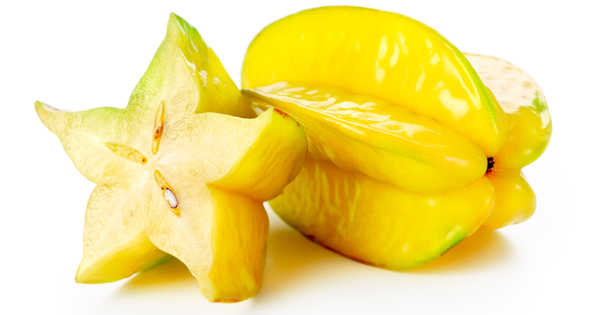
Star Fruit
Snake Fruit
The Snake Fruit has nothing to do with any sort of snake, don’t worry. Instead, this fruit scored its name thanks to the shiny scales that texture its body. Once peeled down the snake fruit tastes similar to a pineapple. If you end up with a number of chocolate gift baskets for Christmas this year then try adding a dollop of melted chocolate to the snake fruit for a great treat.
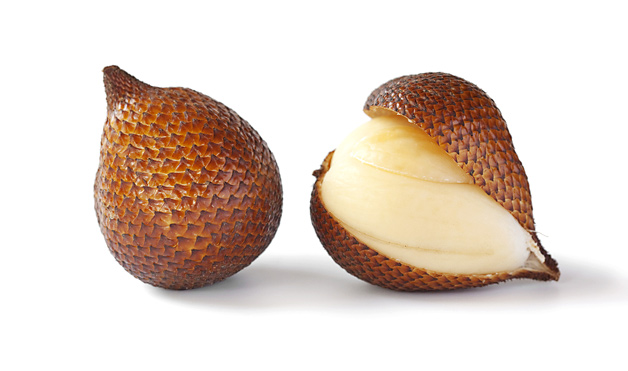
Snake Fruit
Dragon Fruit
You likely are more familiar with Dragon Fruit than you might think. This crazy looking treat is also known as Pitaya and it is used in several different kinds of Western drinks. Typically the Dragon Fruit is revered for its antioxidants and it has been thrown into several different energy drinks as well. Dragon Fruit also can be an aid in digestion. The fruity center of this odd looking fruit is actually sort of mild when you get down to it.
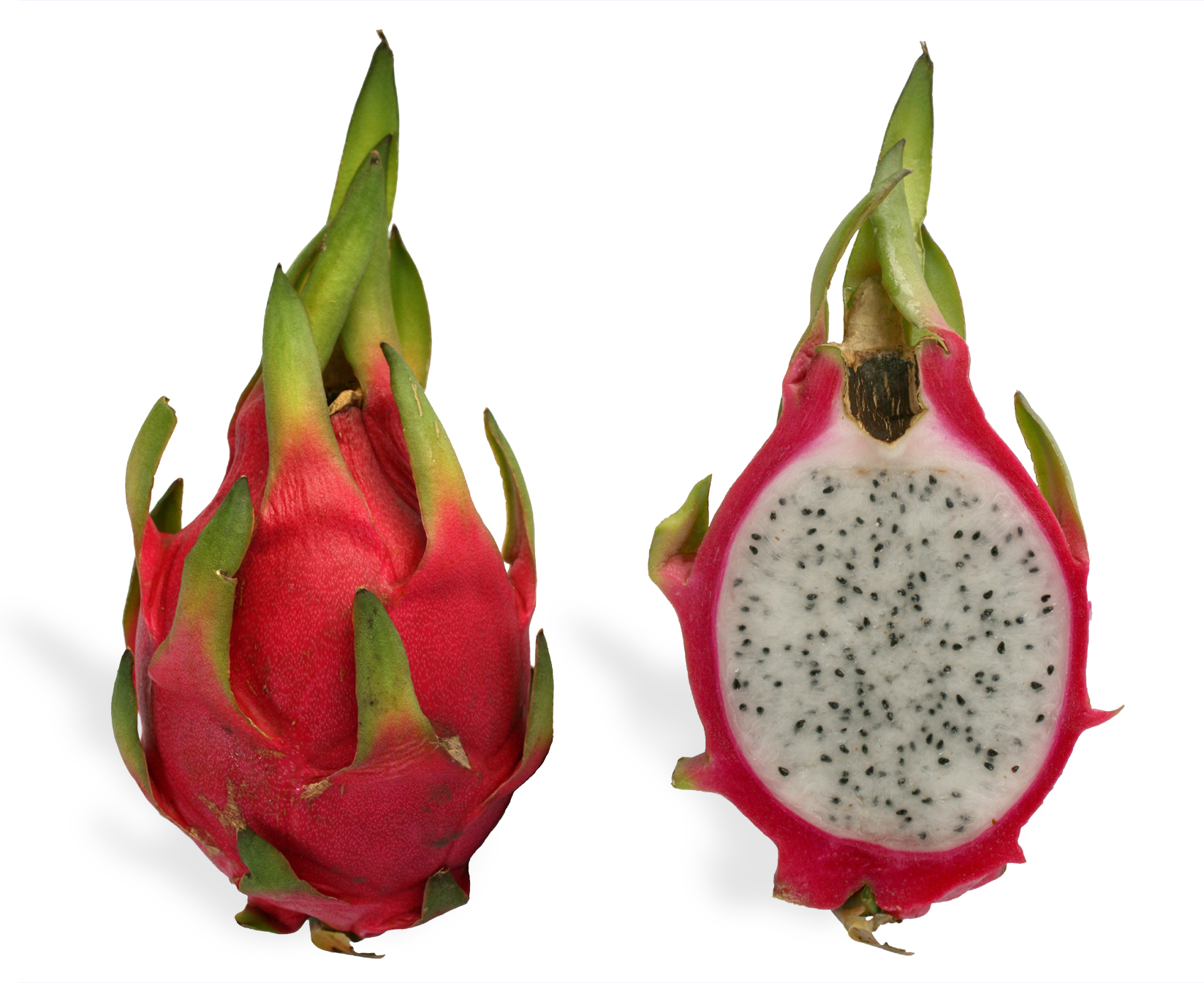
Dragon Fruit
Lychee
From the Guangdong province of China, the lychee fruit is one of the more visually striking choices on this list. The lychee looks like a giant raspberry and it gives off an intense floral smell. Once you peel off the red scales the you’ll get to a juicy white interior that tastes nice and sweet. Canned lychee loose a lot of flavor in translation so try to get them fresh when the opportunity presents itself.
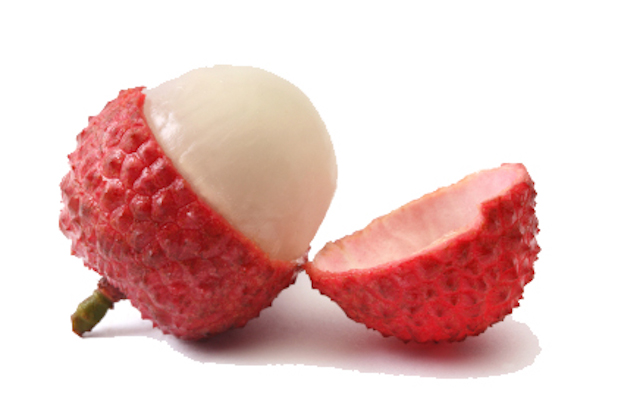
Lychee
Bread Fruit
The Bread Fruit may look like a brain growing on a tree but it, thankfully, is not. The Bread Fruit comes off of the mulberry tree and it can be summarized as a starchy and filling fruit. You can bake, boil, fry, or roast this fruit and end up with a flavor similar to fresh baked bread or even potatoes. Don’t eat this thing raw though, you’ll want to dress it up with some flavor first. The Bread Fruit is actually considered sacred in the Caroline Islands by the Puluwat people. There is a whole history of mythical legends surrounding the fruit that are definitely worth looking up. In any event, we love frying them and using various dips with the fruit as a chip.
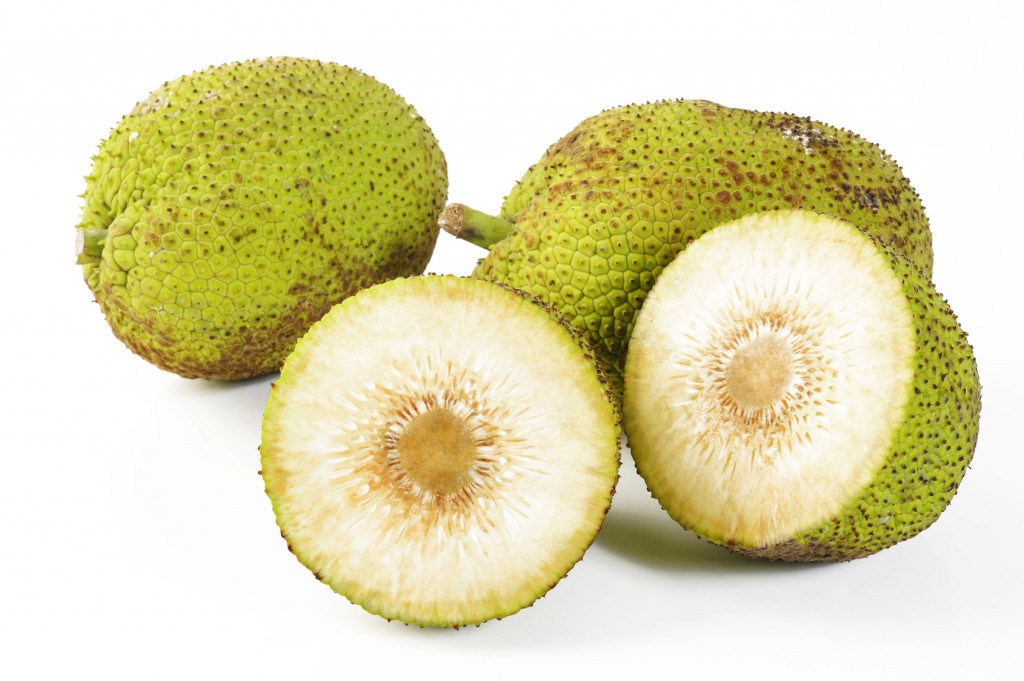
Bread Fruit
Santol
The Santol fruit comes from Malaysia primarily but it can also be found in Indochina. Not much to look at, the Santol is primarily used as a quick eat when eaten raw. Breaking through the hard crust will lead you to a meaty, fleshy, and pulpy center. The Santol can also be broken down in candied or even mashed into marmalade. The Santol is a tropical fruit that can be found throughout Indochina and the Malaysian Peninsula. They are seasonal but when in season the Santol is affordable and abundant.
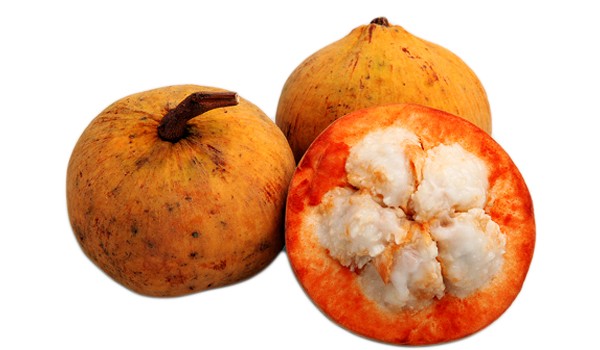
Santol
Noni
The Noni, or Indian mulberry, looks like something out of the world of Pokemon. This fruit exists in the coffee family and it has many different nicknames: the Mengkudu and the Mengkudu comes to mind. This fruit is used often in helping to treat various liver ailments and even menstrual cramps in women. The leaves of the Noni are also used as veggies in salads.
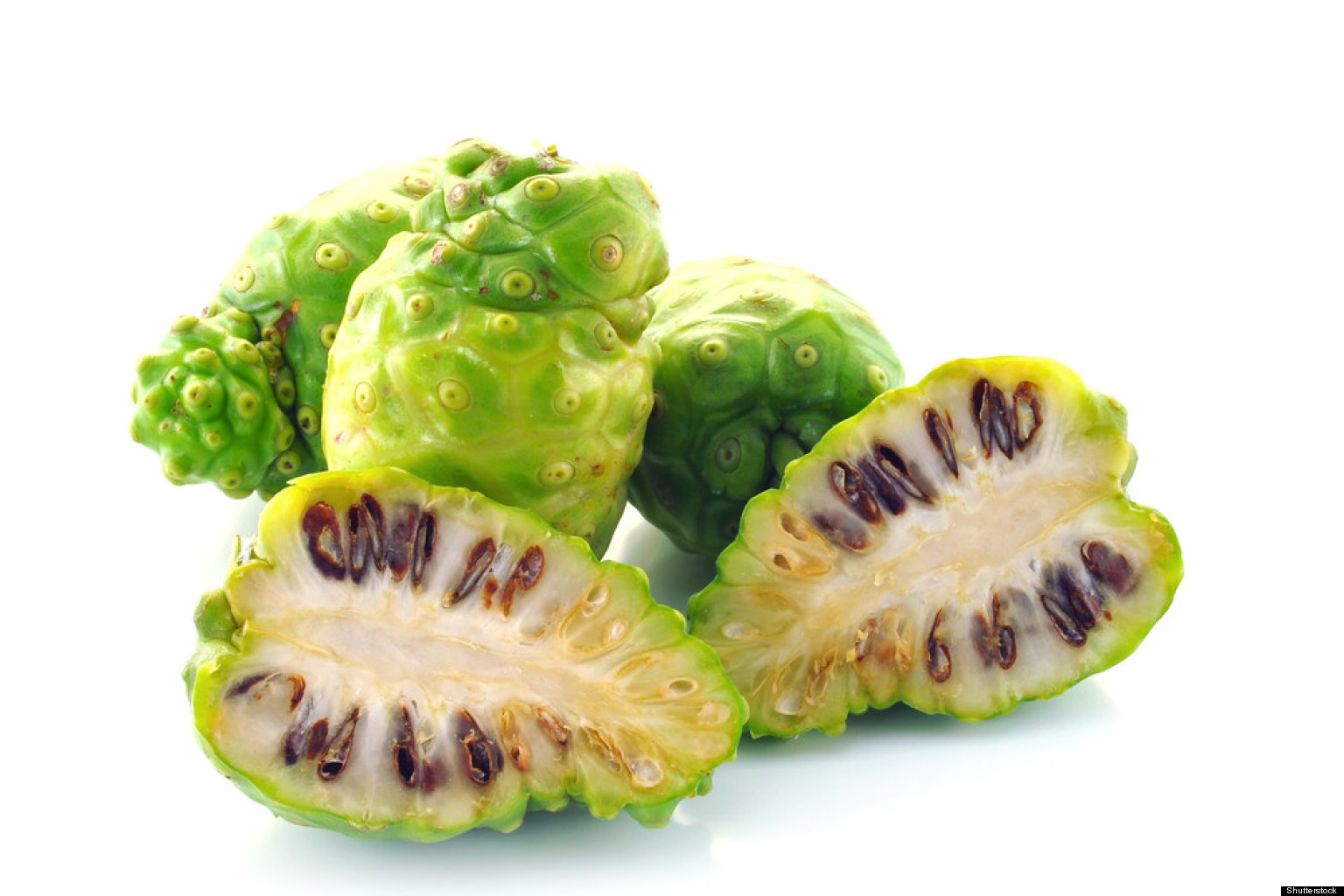
Noni
Pulasan
The Pulasan looks like it belongs at the bottom of the ocean but we’re glad we can find it in the fruit world. The Pulasan has a vibrant color and safe spiky ends covering its small body. Once you get into the fruit, by cutting it open, you’ll be treated with a giant woody seed and deliciously sweet flesh. The Pulasan can sometimes be confused for the Rambutan though they have nothing in common outside of their appearance. The Pulasan thrives in super tropical climates where humidity is always high.
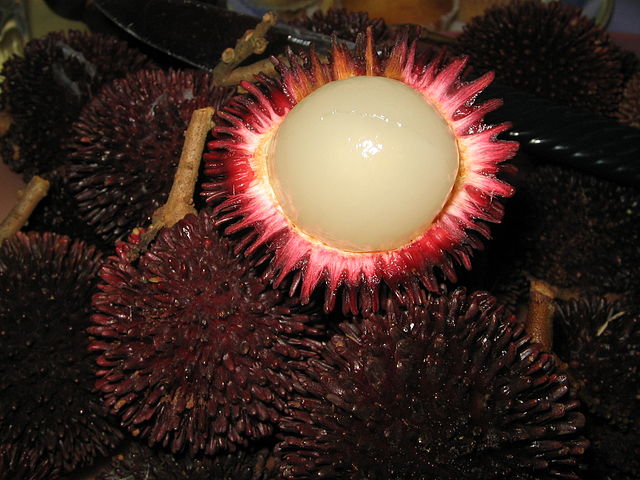
Pulasan
Nipah Seed
Finishing our list is the bizarre looking Nipah Seed which grows on the Nipah Palm Tree. These trees are found in coastal Malaysia. These trees are well known for their long, broad fanning limbs and the fact that they are pretty valuable. The leaves of the tree can be used for roofing but it is the fruit that has our interest. The Nipah Seed can be used in the fermentation process of making alcoholc drinnks. The sugar derived from the nipah seed isn’t really used because it is too hard to filter out and clean up for production. However, Nipah can turn to vinegar merely by leaving it out to the elements for around 10 days.
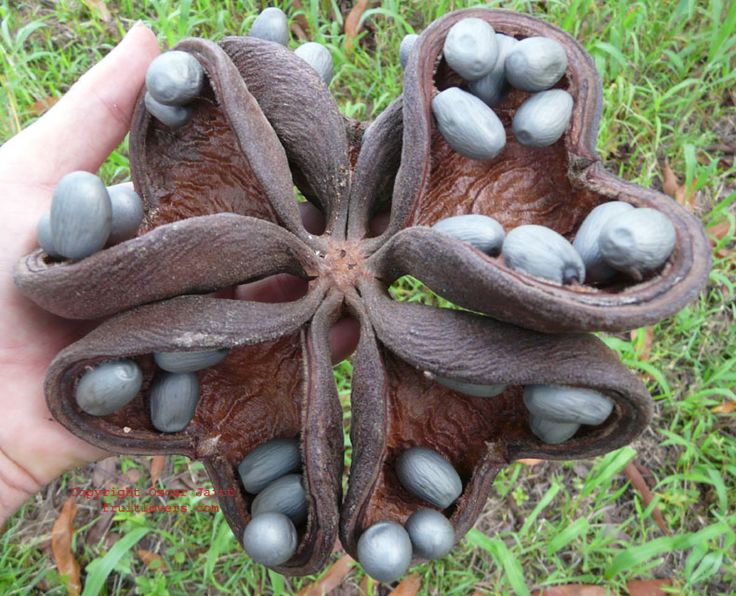
Nipah Seed








